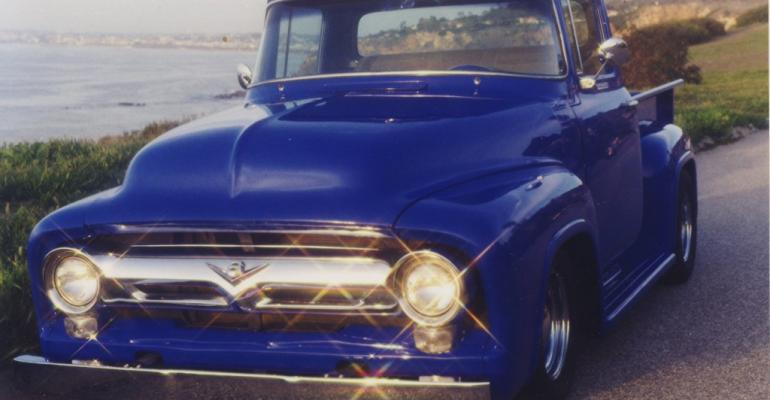
The classic car market has long been dominated by old dudes looking to reminisce about the past (OK, not always), but a new index suggests classic cars could now be a legitimate investment, better, in fact, than gold. According to London-based Historic Automobile Group International (HAGI), some segments of the classic car market were up 20 percent in 2011. In contrast, gold investors made 9.93 percent last year.
How did classic cars market manage to outperform in 2011’s choppy market? According to Dietrich Hatlapa, founder of HAGI, it was the investment’s low correlation to other assets classes: “We’ve discovered that classic cars move independently of any other investment area, and that’s a very attractive attribute for collectors and investors alike in this day and age.”
Hatlapa’s new index, the HAGI Top Index, tracks the performance of 50 key collective classic cars and includes all age groups up to the early 2000s and geographic regions. The index was up 13.89 percent in 2011, but when you look at his index that excludes Ferrari and Porsche, the index returned 21.65 percent. HAGI’s backtesting to 1980 also shows that the Top Index outperformed the S&P 500 through 2008.

Here at Registered Rep., we’ve covered our share of wacky investment ideas—most recently racehorses. But the problem with any type of investment is that there is no guarantee, and even less so with these non-traditional types. With art, there’s no way to know whether the artist or piece you’re buying is going to become popular and therefore appreciate in value. That’s also the difficult part of investing in classic cars. “Choice and timing are key, and that’s what makes it so fascinating, applying a judgement call on a model or marque you consider is due for rotation,” Hatlapa says.
Take my dad, who invested $3,000 in a 1956 model Ford truck in 1996. He put an additional $7,000 into the truck to restore it to peak condition (see photo above), and sold it for $12,000 in 2010. His ROI: $2,000 over 14 years. He believes he probably could’ve made at least $20,000 if he sold it in 2005. “Not a good investment, but a lot of fun,” he said.
It’s a hard call to make, and like active management, you’ve got to have skill to be successful. HAGI certainly presents some interesting data to mull, but I think the real value in pouring money into these types of things is enjoyment. A friend of mine who works in the art world once told me, “Don’t buy art for the investment. Buy art because you love it!” I think the same goes for classic cars. So if you have clients with some extra cash and an appetite for a new hobby, consider classic cars.
To read more on staff writer Diana Britton’s blog, Yield of Dreams, click here.





